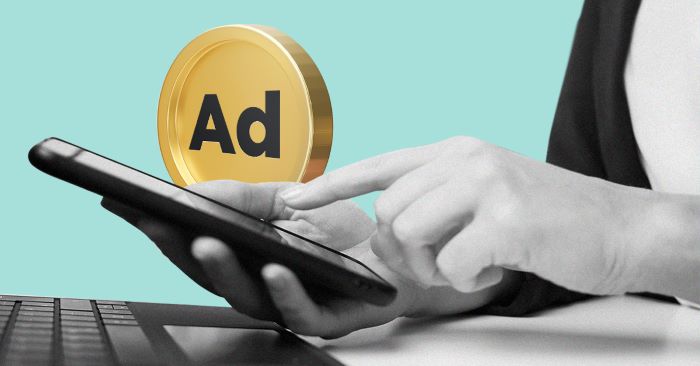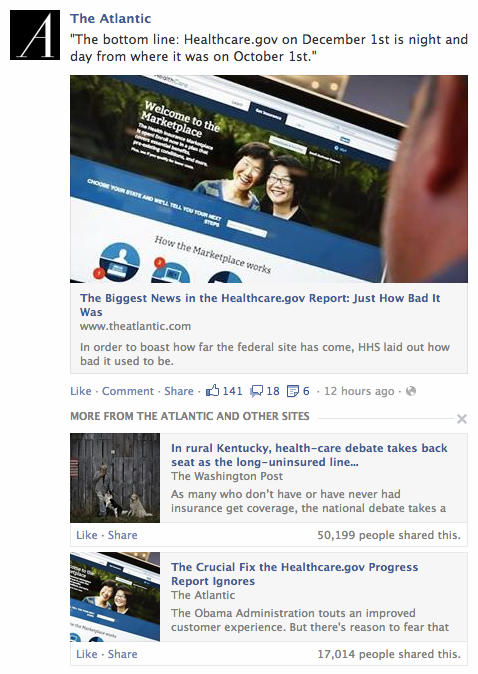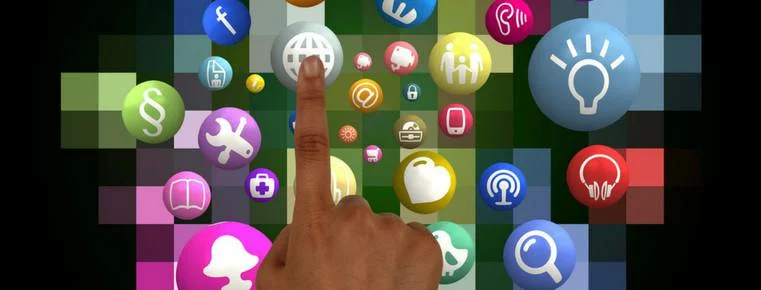PPC Trends That Are Shaping 2021

The years 2020 and 2021 will be remembered by the advertising industry as a time when everyone had to think out of the box – moving a lot of their creative work away from traditional and toward digital.
Before the pandemic, PPC/SEM trends were set on a specific path. The most pressing questions were about a future without third party data; the need to ramp up PPC automation; and how to get onboard with changes to Google’s analytics reporting tools.
These concerns are still relevant, but now run alongside other landmark developments in PPC marketing. Let’s talk about some of the most important PPC trends shaping local and international businesses in 2021.
1. Mobile-First is Here to Stay
It’s been a few years since Google announced mobile-first indexing. After prioritizing desktop search for more than two decades, Google now crawls, indexes, and ranks web pages via smartphone user agents.
This makes sense. Statcounter Global Stats’ report on Desktop vs. Mobile vs. Tablet Market Share worldwide in March 2021 shows a 54.22 percent market share for Mobile vs. Desktop’s 42.93 percent (in case you’re curious, see the stats on the Philippines).
Mobile and desktop-optimized versions of your site are necessary to reach all users, but consider first your mobile ad campaigns that appear on Google Search, Google Discover, as well as soclal media platforms. Build your link building strategies around your mobile website silo, but you should still have inbound links to your website’s desktop version.
2. Search advertising is still king
According to Statista, Global ad spending in the digital advertising market is expected to grow 12.2 from 2020-2021 to US$398,762 million (or US$398.7 trillion). It’s not a surprise that Search advertising will earn a 43 percent share of this: US$171,641 million.
About 6.95 billion people around the world were mobile phone users in 2020; this figure is expected to reach 7.1 billion in 2021. SEO and Search engine marketing (SEM) will be more important than ever, as consumers look to bank, shop, send money, and find the most current information on businesses they want to transact with.
3. Video Advertising Can Create Conversions
This is a big SEM trend in 2021.
Big brands used to traditional TV advertising, Out of Home (OOH), or with Digital Out of Home (DOOH) had to take a long, hard look at their budget allocations in 2020. In the Philippines, one week after the May 2020 shutdown of ABS-CBN’s free-to-air operations, average TV viewership levels dipped 24-30 percent. Restricted mass movement and the ban on large gatherings also reduced widespread exposure to outdoor advertising.
More and more enterprise and FMCG brands turned to YouTube, running uninterrupted 15-second ads or launching short, highly memorable campaigns in YouTube’s 6-second bumper ad format.
To support businesses, Google and YouTube welcome DIY videos and have even offered their own tool: the YouTube Video Builder.
As a PPC advertiser, you’re now one click away from a soft or hard conversion, whether it’s a sign-up, inquiry, or link to a product that can be purchased online. Call-to-Action overlays can lead clicks to products, services, or other landing pages of your choice.
4. Social PPC Advertising is Exploding
This is the other big PPC marketing trend of 2021. PPC marketing has gone social in a big way. Paid media specialists and ad buyers are spending on Facebook and Instagram advertising – and have many new platform options for display ads and remarketing. Advertisers can stop worrying (at least for now) about ad-blockers; it’s paid social’s biggest advantage over display ads.
Want to nurture B2B or B2C customers without disrupting user experience? Twitter and LinkedIn and using Sponsored Tweets/Posts with call-to-action buttons. LinkedIn, which is an effective corporate branding and networking, runs classic ads, but can also nurture audiences with useful, downloadable content.
Saw something on Shopee or Lazada, or your favorite branded shopping app, but haven’t bought it yet? Brands are using Viber to engage and remarket their products amidst your group chats, your Call page, or the user directory interface.
Many more are joining the fray and monetizing their platforms, like TikTok, Telegram, and Pinterest.
5. PPC Automation Continues to Grow
PPC ad management and cost strategy still gets plenty of human input. Data-driven keyword research, A/B testing, and smart bidding strategy are still specialist-driven, but PPC marketing automation will come more and more into play to experiment with bid management, ad creatives and copy designs, and budget spends.
It will become easier for businesses big and small to advertise online without too much supervision. E-commerce businesses, especially, can harness this to promote ads on hundreds or thousands of products.
Big picture-wise, this means opening the door to programmatic PPC advertising optimization. It enables marketers to perform audience targeting and reach beyond Search for more potential customers.
6. Reduced Access to Search Term Information…
Since September of last year, Google has been limiting the amount of search term information it provides through Google Ads. Since then, search terms reports only includes terms that were searched by a “significant number of users”.
Google says its new reporting system helps pinpoint new search terms with high potential. It also suggests adding negative keywords to eliminate paying for clicks on search terms you aren’t focusing on.
This new reporting eliminates access to potentially valuable, low click/low volume keywords for your paid specialists to experiment with. It also creates the risk of ad spend leaks.
Yes, there are some alternatives to obtain this kind of search information, like UberSuggest and SEMRush’s organic search reports.
Industry observers aren’t happy about this, but moving forward, this is what’s happening.
7. …And The Move Toward Event-focused Analytics
Google is in the midst of transitioning its Analytics platform to Google Analytics 4 (GA4). No phase-out date has been announced for its existing Universal platform, but new accounts and properties can now only be registered through GA4’s new platform.
Google Ads is getting digital advertisers to get used to the eventual disappearance of page view and session information, and retraining our sights on setting up Events using Google Tag Manager.
The upside to these changes is Google’s offer to provide AI and machine-learning-driven metrics that help businesses understand audiences and the buyer’s journey better – a pivot on third party cookie data that will be gone soon, but hasn’t happened yet.









